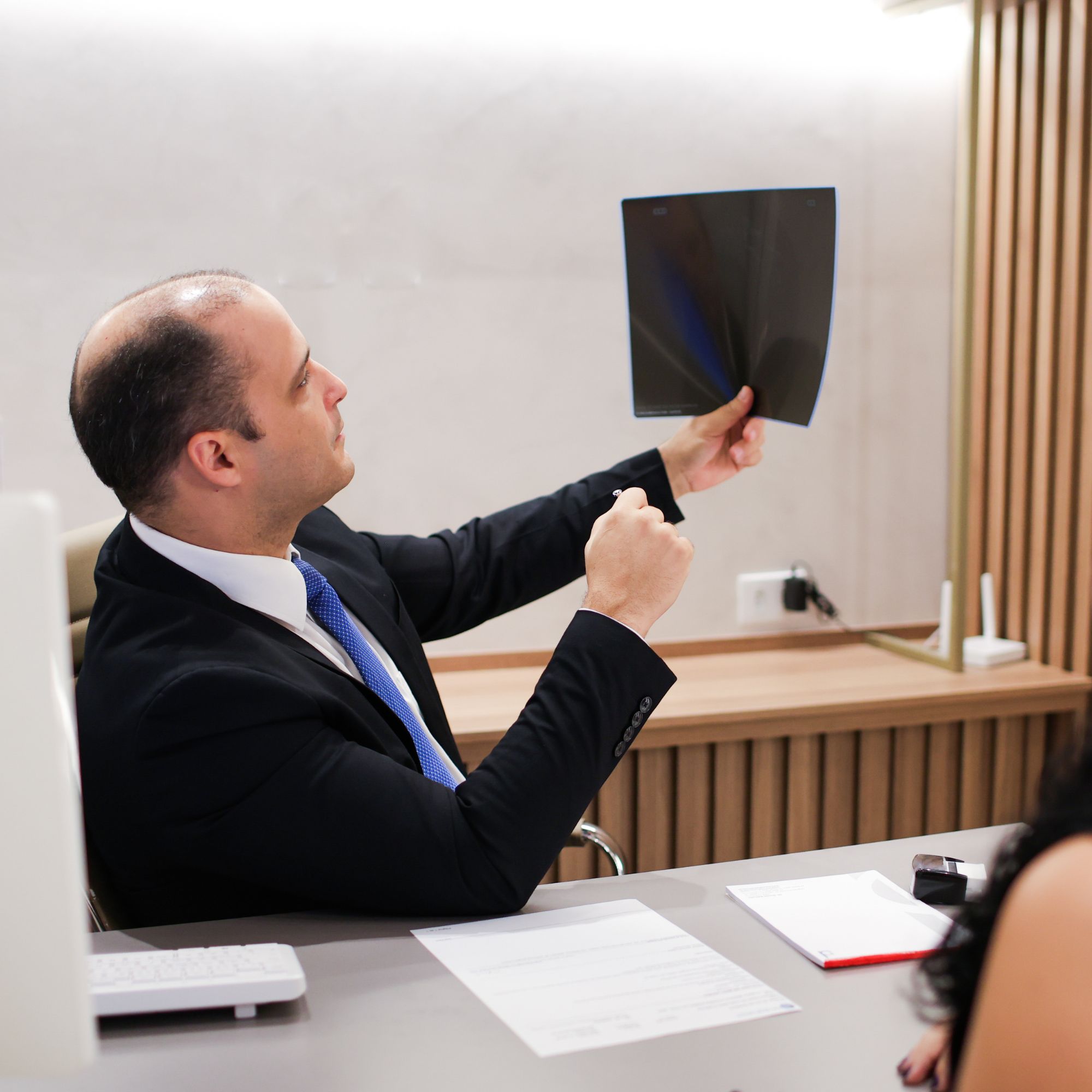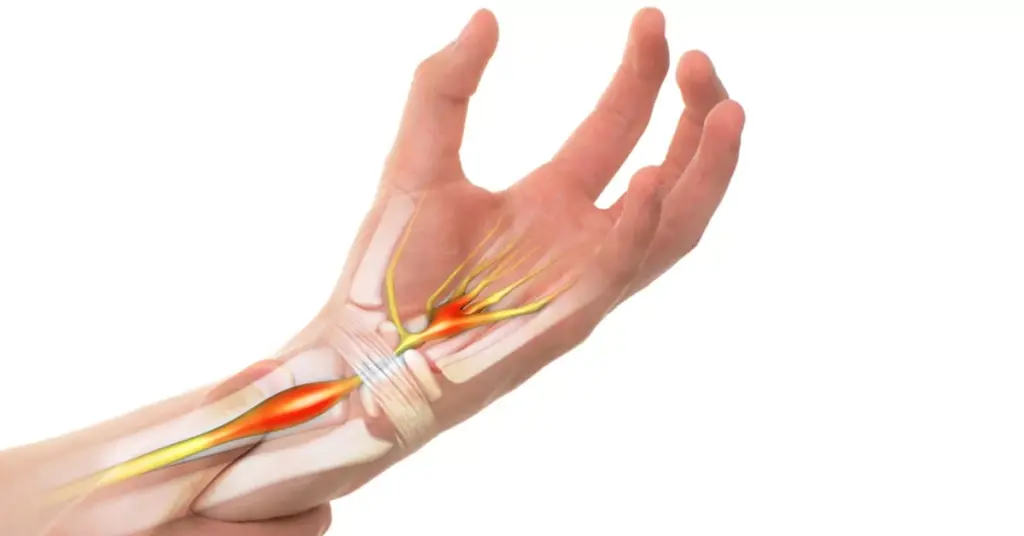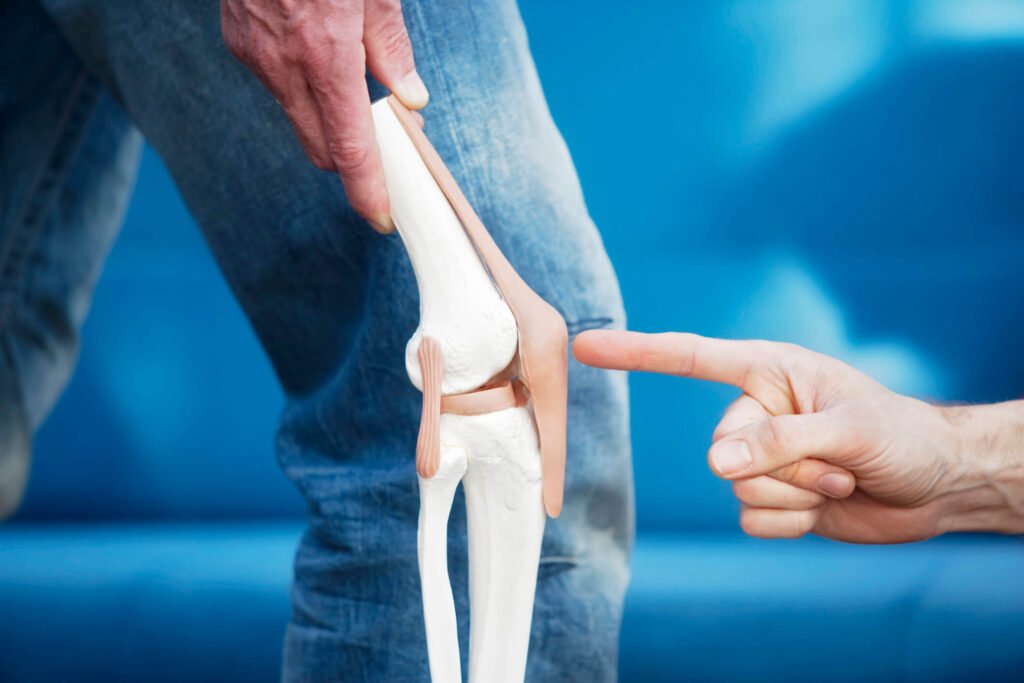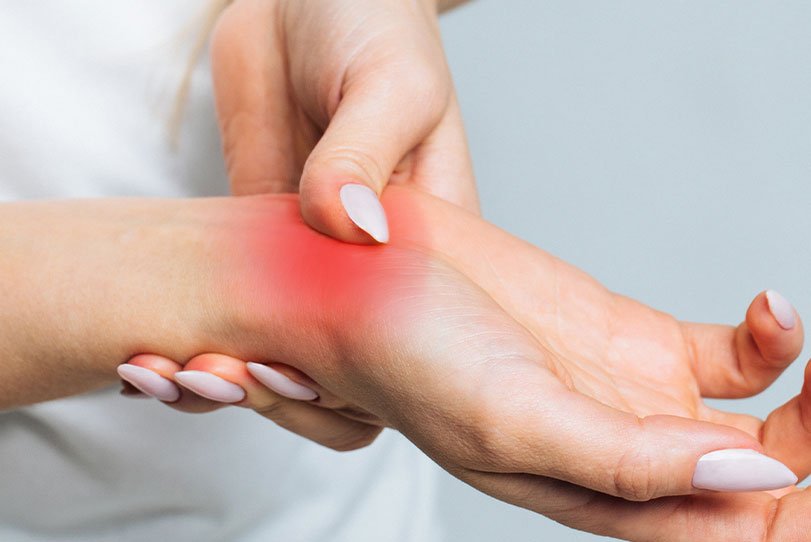Check Out the Service Locations
Largo do Machado
Largo do Machado, 21 - sala 615 - Flamengo, Rio de Janeiro - RJ, 22221-020








Doctor Daniel is the best professional I've ever met! Detail-oriented, knowledgeable. I feel safe now with your diagnosis.
He's a highly capable surgeon. I broke my femoral neck and in record time it allowed me to make a full recovery. Congratulations on your competence.
The Doctor. Daniel Ramallo is a reference in orthopedics and traumatology. Great human being. Great professional.
Doctor Daniel is excellent! Qualified, competent, punctual. Explains with important details that pass total safety to the patient!
Excellent doctor. Very attentive and competent. He explained my case in detail and answered all my questions. I just have to say thank you.
Professional very confident in his placements, managing to pass on the knowledge of the case in a simple way and leaving the patient calm.




Dr. Daniel Ramallo is an outstanding professional who has aspired to be a dedicated and humanistic physician since childhood. His educational journey is marked by remarkable achievements and a relentless pursuit of excellence. He initially graduated in Physiotherapy, followed by a degree in Medicine, where he was the class valedictorian and graduated with honors. He then specialized in Human Biomechanics at UFRJ, a rare field that enables him to deeply understand human movement, a crucial knowledge for achieving the best surgical outcomes and therapeutic planning.
He further expanded his expertise by specializing in traumatology and orthopedics through his medical residency at the National Institute of Traumatology and Orthopedics (INTO), one of the country’s most renowned institutions in its field. There, he became a full member of the Brazilian Society of Orthopedics and Traumatology (SBOT) and was awarded the title of specialist by the Brazilian Medical Association (AMB). Later, he completed a subspecialization program in orthopedic trauma surgery and reconstruction of complex fractures, spending another year of study and dedication at INTO, earning the title of specialist from the Brazilian Society of Orthopedic Trauma (SBTO).
Dr. Ramallo began his international journey with an immersion in complex joint reconstruction techniques at the Harborview Medical Center in Seattle, USA. He spent months perfecting surgeries on large joints, primarily the knee and hip. After completing his fellowship in Seattle, he was invited to teach courses in Brazil, Germany, and Portugal. Upon returning to Brazil, he completed his Master’s in Applied Sciences to the Musculoskeletal System, defending his thesis in a public hearing in 2016, at INTO.
He is currently the General Coordinator of the Department of Orthopedics and Traumatology at São Lucas Hospital of Copacabana – REDE DASA. His private clinics are located in Rio de Janeiro, in Largo do Machado, Gávea, and Ipanema.

Arthritis is a degenerative disease of the joints, characterized by the deterioration of the cartilage that lines the bone ends. It particularly affects the hip and knee, leading to pain and functional limitation. Treatments may involve physical therapy, medication, viscosupplementation, and in more severe cases, joint replacement surgery. Diagnosis is made through a clinical assessment and imaging tests, such as x-rays and magnetic resonance imaging, which can identify cartilage wear and the severity of this wear.

Fractures occur when there is a break or crack in the bone, typically caused by traumas, falls, or accidents. Treatment ranges from immobilization to surgery, depending on the severity of the fracture. For diagnosis, x-rays are commonly used to visualize the fracture and determine its extent and location.

Trigger finger is a condition in which one of the fingers gets stuck in a bent position and, when stretched, it snaps back, like a trigger being pulled and released. Treatment can vary from physical therapy to surgery, if the condition is severe or persistent. Diagnosis is primarily made through a physical exam, where the doctor assesses the symptoms and the movement of the finger.

Carpal tunnel syndrome is a condition in which the median nerve, running from the forearm to the hand, is compressed in the carpal tunnel, a narrow channel at the base of the hand. This can cause pain, tingling, and weakness in the hand and arm. Treatment varies from physical therapy to surgery, depending on the severity. The diagnosis can be confirmed through physical examinations, nerve conduction tests, and electromyography studies.
Also known as tennis elbow, epicondylitis is a painful condition that occurs when the tendons in the elbow are overloaded, typically due to repetitive movements of the wrist and arm. The treatment can involve physical therapy, anti-inflammatory medications, and in more severe cases, surgery. Diagnosis is made through a physical exam and can be confirmed with imaging tests, such as ultrasound or magnetic resonance imaging.

Hip prosthesis is a surgical procedure that replaces a damaged or worn hip joint with an artificial prosthesis. This procedure is commonly used to treat osteoarthritis or hip fractures. The surgery is performed by an orthopedic surgeon and involves removing the diseased joint and replacing it with a prosthesis. Recovery after surgery involves physiotherapy to improve strength and mobility.

Viscosupplementation is a procedure where a viscous fluid, usually hyaluronic acid, is injected into the joint to help lubricate and cushion, reducing pain and improving joint function. It is commonly used to treat osteoarthritis.

Arthroplasty is a surgical procedure that involves repairing or replacing a damaged joint, commonly the hip or knee. It is mainly used to treat osteoarthritis or other conditions that cause pain and loss of joint function. The surgery involves removing damaged parts of the joint and replacing them with a prosthesis. Postoperative recovery includes physiotherapy to strengthen the area and improve mobility.


Soft tissue surgeries in athletes involve repairing tendons, muscles, ligaments, and other structures that can be damaged by sports injuries or wear and tear from the high intensity of the athlete's activities. This can involve repairing torn ligaments, reconstructing tendons, among others. Postoperative usually involves rest, pain medication, and physiotherapy for rehabilitation.

Joint reconstruction is a surgical procedure aimed at restoring the function of a damaged joint. This can involve a total or partial replacement of the joint with a prosthesis, or the repair of damaged structures. It is used to treat conditions such as osteoarthritis, traumatic injuries, among others. Recovery involves a period of rest and physiotherapy to regain strength and mobility.


Orthopedic trauma surgery is a specialty that deals with the management of fractures and injuries to the bones, joints, ligaments, and related structures. This can involve fixing fractures with plates and screws, reconstructing damaged joints, among others. Recovery can vary depending on the severity of the injury, but usually includes rest and physiotherapy for rehabilitation.





















